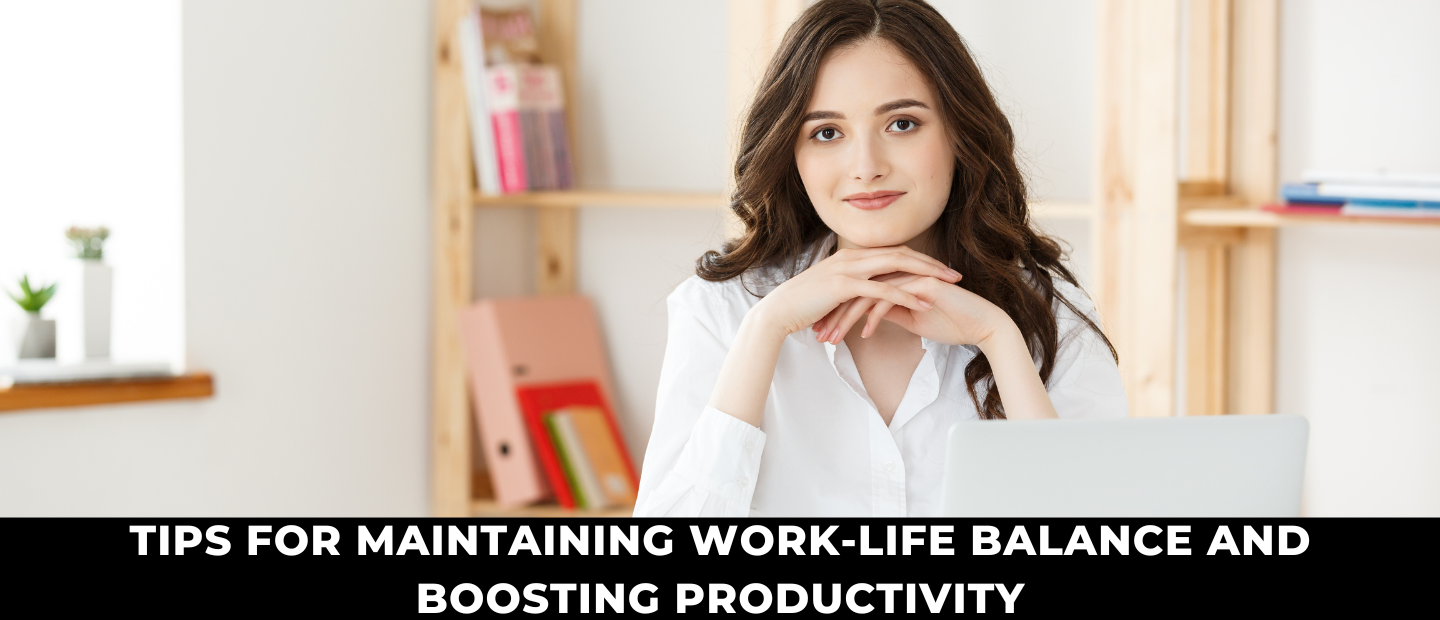Finding a balance between work and personal life has grown more difficult in our fast-paced, connected society. Our relationships and general well-being suffer when we pursue professional achievement nonstop. However, striking a work-life balance is critical for long-term productivity as well as our mental and physical well-being. We’ll look at achievable strategies in Sabezy’s blog to assist you keep your personal and professional lives in balance while increasing your total output.
The ability to prioritize both physical and mental health, fulfilling personal life, and the responsibilities of one’s career is necessary for an employee to achieve work-life balance. When this balance is maintained, an employee is more likely to be successful and happy both at work and outside of it.
Overwhelming professional duties can be a result of unhealthy work patterns and unsustainable work cultures. Employees are unlikely to have enough time or energy to enjoy a fulfilling personal life if they work too hard or too long. Their general well-being, interpersonal relationships, and physical and mental health may all suffer as a result.
1. Set Clear Boundaries:
Establishing clear boundaries between work and personal time is one of the first steps toward achieving work-life balance. Establish clear work schedules and try your best to stick to them. Avoid the temptation to read emails or other work-related chores after your workweek is over. To set expectations, be sure to let coworkers, family, and friends know exactly what your boundaries are.
2. Set Task Priorities and Assign:
Not every task is made equal. Set high-priority tasks that correspond with your objectives to help you prioritize your workload. Whether at business or at home, assign duties to people that they can complete. Delegating well not only reduces your workload but also gives your team or family members more authority and promotes a feeling of shared accountability.
3. Create a Dedicated Workspace:
Having a designated workspace is essential, regardless of whether you work in an office or from home. This aids in establishing a psychological wall separating your personal and work lives. Make sure your work area is cozy, well-organized, and favorable to concentration. You let everyone and yourself know that you are in work mode when you enter this area.
4. Establish a Routine:
Create a daily schedule that works for your personal and professional obligations. A regimented timetable contributes to steadiness and predictability in your life. To refuel and avoid burnout, incorporate rest periods and breaks into your schedule. A well-thought-out regimen can ease tension and give one a sense of control.
5. Learn to Say No:
Overcommitting is a typical mistake that can result in excessive stress and a disproportion between one’s personal and professional lives. If you want to know the popular 8 strategies for managing stress and anxiety then visit www.blog.sabezy.com.
When an activity or project doesn’t fit your priorities or capabilities, learn to say no. Establishing reasonable boundaries and expectations will help you maintain a better work-life balance.

6. Embrace Technology Mindfully:
Undoubtedly, technology has increased our productivity, but it can also make it more difficult to distinguish between work and personal life. Set limits on your use of electronics after work hours. To reduce distractions and free up time for personal interests without continual work-related interruptions, think about turning off non-essential notifications
7. Invest in Self-Care:
It is essential to look after your physical and mental health in order to have a good work-life balance. Plan regular self-care activities, such as physical activity, meditation, or enjoyable hobbies. Recall that self-care is an essential requirement for long-term fulfillment and productivity—it is not a luxury.
8. Set Realistic Goals:
Achieving balance in your personal and professional life requires setting realistic goals. Divide more difficult jobs into smaller, more doable segments, and acknowledge your progress as you go. Setting realistic goals helps people feel accomplished and keeps them from feeling overburdened.
9. Communicate Effectively:
In the business as well as in interpersonal interactions, open and honest communication is crucial. Make sure your coworkers, managers, and loved ones are aware of your requirements, priorities, and difficulties. Encourage the creation of a welcoming atmosphere where people can freely express their hopes and worries.
10. Unplug and Recharge:
Take regular breaks from electronics and work to revitalize your body and mind. Spend time with loved ones and renew yourself by going on holidays or quick getaways. By unplugging, you can approach your obligations with newfound Vigor and clarity.
Conclusion:
Achieving work-life balance is a continuous effort that calls for commitment, flexibility, and self-awareness. These pointers can help you design a lifestyle that puts your personal and professional well-being first. Recall that leading a balanced life will eventually lead to prolonged success and productivity in addition to improving your general level of satisfaction.


